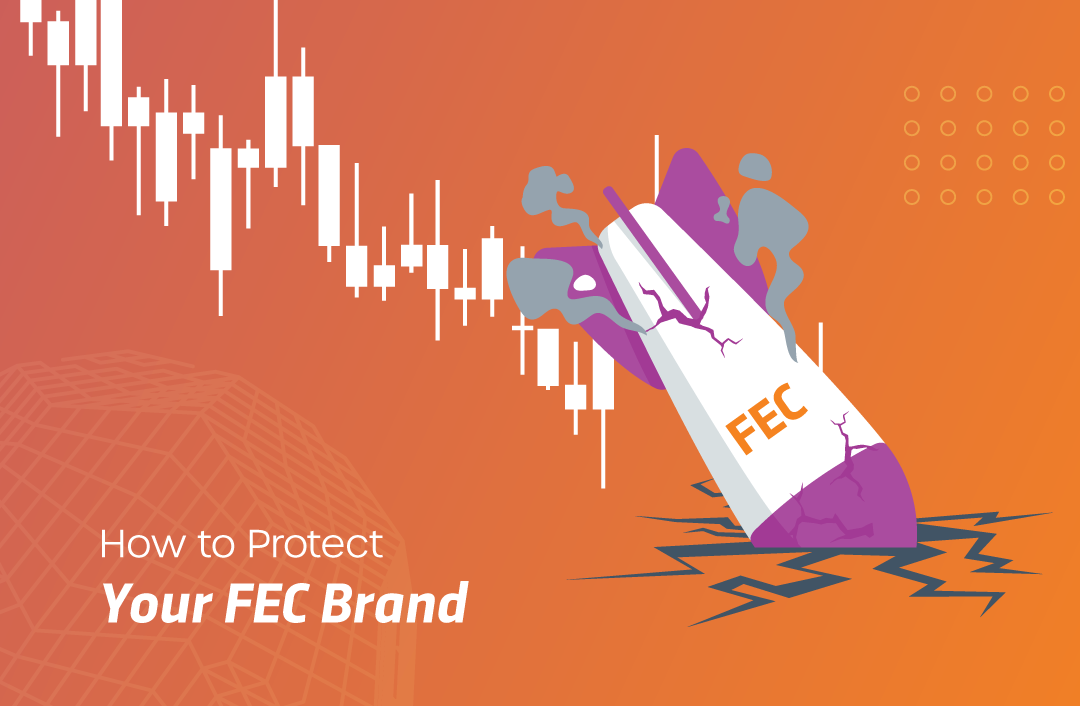Increased security and ease of use for payments are just two reasons more amusement parks and other facilities are moving to tokenized tender
Navigating the credit card security waters for your amusement park can be a bit like taming icy cold rapids armed with little more than a life jacket and a broken paddle. It can be difficult to keep your head above water with the deluge of information. Because of this, one solution that many facilities are using more and more is tokenized tender. But what is it and should you use it? Read on to help you decide if it’s the right choice for your business.
What is tokenized tender?
Tokenized tender, the replacement of sensitive credit card information with a unique token or placeholder, relays payment without jeopardizing card security. Different from encryption because there is no “decoding key,” tokenization allows your guests to make purchases in your facility without presenting their credit card multiple times.
What payment media is tokenization compatible with?
Tokenized tender can be used in conjunction with a wide array of media including wristbands, magstripe (player or membership) cards, or Radio Frequency Identification (RFID) technology.
How can tokenized tender make it easier to run my business?
There are many possibilities for your facility to maximize effectiveness of tokenization. Are you taking advantage of them?
- Flexible payment options
Guests can choose whether they want to add an exact monetary amount to their media, or set a spending limit for their wristband or cards. You can apply date restricted payment for secure poin- of-sale transactions or activate a spending limit to conduct transactions in real time during a guest’s visit. And guests can enjoy the flexibility to pay as they go instead of having to place a large amount up front, or reload media during a visit. - Offer security for a day-visit or over an extended period
In addition to taking individual secure payments at your point-of-sale stations, tokens can be applied to a media that will allow guests to use their cards or wristbands at any station over an allotted amount of time (think day passes vs. season passes). Guests can present their membership cards or wristbands to purchase food, merchandise or other attractions for the duration that their passes or memberships are active without having to load media onto their card. Passes can be configured at the time of sale to be valid for a specific number of sessions, such as a 10-session water aerobics class. These passes would then automatically expire at the end of the specified admissions. Pass durations can also be set for a specific duration of time, such as during the summer season.
- Individual or family memberships or passes
Families can enjoy different attractions faster and easier if each member has his or her own wristband or card, and spending limits can be applied to accounts individually and/or with a master “parent” account. This helps minimize those awkward surprises mom and dad don’t want when Junior has carte blanche with a real credit card.
- Control when tokens expire
Your facility management software should include “kill switch” technology to reset token expirations, which will allow you to expire all tokens immediately or on a certain date, such as at the end of your season.
- Provide additional security by using passphrases
Provide guests extra security by allowing them to set a passphrase that must be provided when the media is presented, thus eliminating the potential for the wristband or card to be used if it’s stolen or lost.However tokenized tender is used in your facility, it offers you and your guest increased security and ease of use, making it a win in today’s consumer economy.
Learn more about tokenized tender by contacting us at info@centeredgesoftware.com.
Search Resources
Subscribe to Email Updates
Featured Resources
Blogs //
5 Event Types that Can Win Big For Your FEC

News //
CenterEdge Welcomes John Keys as Sales Director

Blogs //
How to Protect Your FEC’s Brand

Blogs //
Kick Off Summer Like a Pro With Your FEC Staff

Posts by Topic
- Advantage Payments (7)
- Brand Management (19)
- Business Growth (81)
- Capacity Management (2)
- CenterEdge News (28)
- Client Interviews (8)
- Credit Card Processing (3)
- Data & Reporting (12)
- Digital Signage (1)
- Event Management (20)
- Facility Management (10)
- Food & Beverage (8)
- Guest Experience (34)
- Guest Management (20)
- Holiday Season & Promotions (5)
- Industry Events (10)
- Inventory Management (1)
- Loyalty Programs (8)
- Marketing Tips (24)
- Operations (1)
- Point of Sale (10)
- Product Launch (11)
- Productivity (5)
- Profitability (35)
- Redemption Management (1)
- Sales (35)
- Season Passes (1)
- Team Training (60)
- Waivers (2)

Leave a Comment